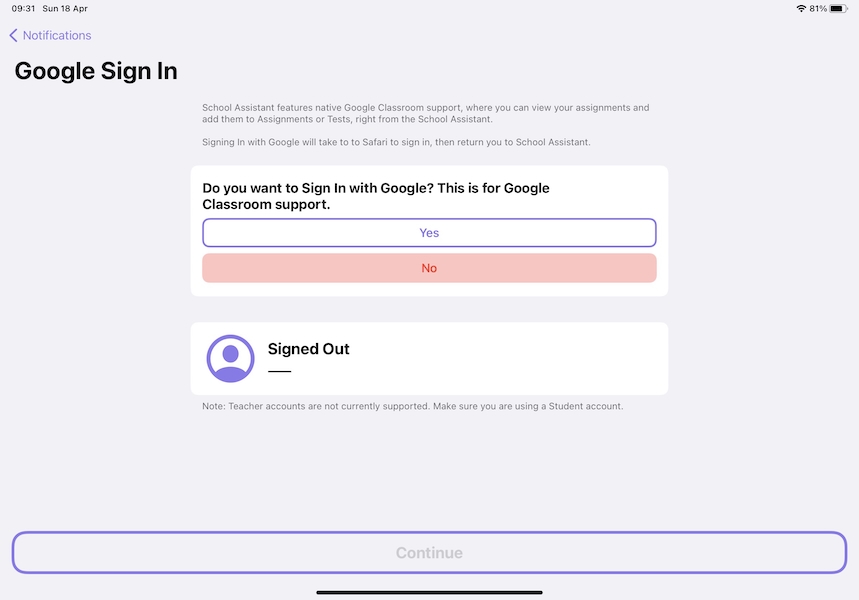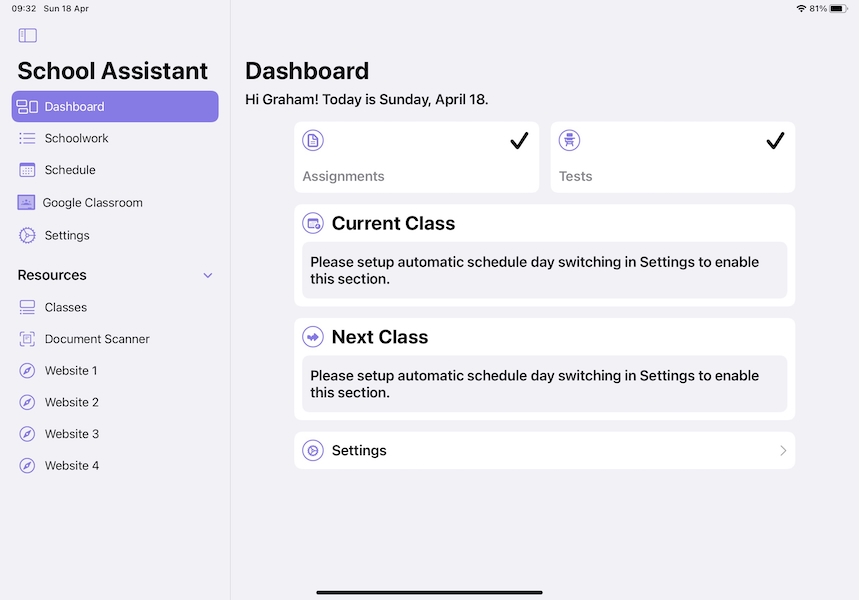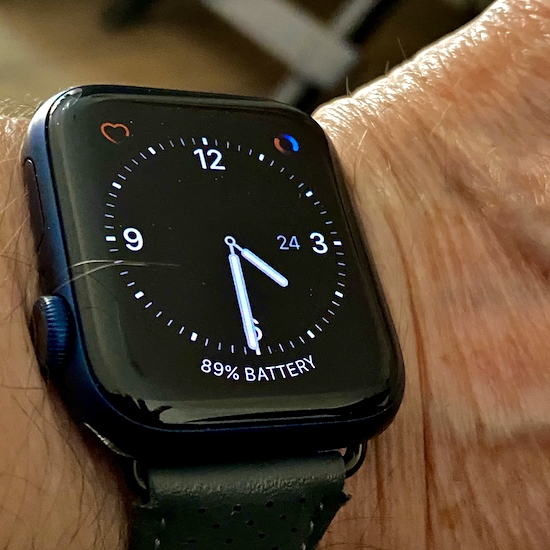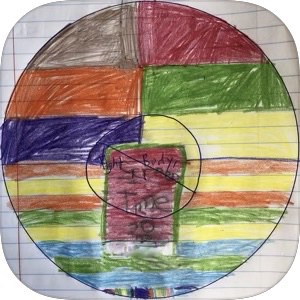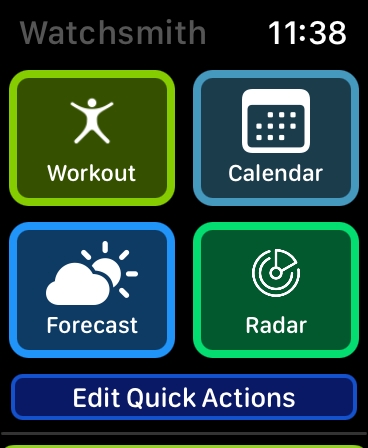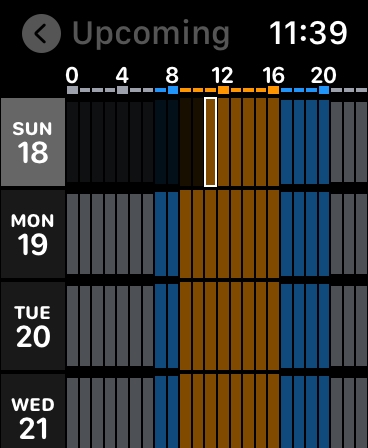|
|
Sunday Diversion: Death Chimes for Macs; Apps for the Apple Watch; Bond Villain ZuckerbergBy Graham K. Rogers
Continuing to play safe, while making the announcement seem like a warning, he does not think that Apple will issue guidance for Q3 2021. That is a pretty safe bet with the current worldwide instability due to health issues. As Apple did not issue guidance for Q2 2021, there is a precedent. He expects revenue of $78.2 billion, which is not exactly on the brink of disaster, with iPhone shipments of 52 million units (revenue of $42 billion). When Apple released the iPad, $18 billion was an unheard of record for a single quarter.

iPad Pro - Image courtesy of Apple
There are other changes of course to the 14.5 update that will be quite significant. One of the most important is the privacy change that had Facebook and others so upset, but as Facebook has been involved many times with the misuse of data in several countries, they are on thin ice. The latest (of many) I have read and seen on video, concerns the Trump campaign use of data to deter black residents in marginal districts from voting. This has been on Channel 4 in the UK, which has a 22 minute video, and has also appeared in an article in the Miami Herald with multiple authors. This has a short video but there is also a link to the Channel 4 source.
A considerable amount of criticism was made online by a wide spectrum of commentators. For example, Rebecca Nicholson's headline (Guardian) suggests that Bond villain Zuckerberg is coming for the kids. Many are uncomfortable over this. This is not fanciful and they are not alone: kids mean big future money in terms of data. I was critical of an education project in South-east Asia involving students in several ASEAN countries. This had Chromebooks as the main device with access to online Google services. As the project expanded, so Google was collecting data on hundreds (maybe thousands) of young people in the region, many of whom (like my own colleagues) continue to use the "free" services. I avoid Google as much as I can, although I acknowledge that the search engine is one of the best. I try to keep my data safe. I also use Facebook as it was almost the only way to communicate with students: LINE has eased that, somewhat and it is easier to transfer files which the smartphone Messenger app will not do (I have to switch to the Mac for this). As much as I would like to dump Facebook, it is a major communications medium for work. Again, I try to limit data exposure. Instagram should never have been part of the Z empire and I resent the way this has worked for me. I wanted it as a way to communicate about my photography interests, not to feed in to the Facebook show. This is one area that I hope any examination of monopoly will recommend a splitting of this service from the whole. And the idea of teens having their own special Instagram reeks. As Rebecca Nicholson writes, Zuckerberg makes "Bond villains appear cuddly".
That thing about remembering passwords is worth thinking about. Years ago Bill Gates said the best way was to write these down on a sheet of paper and lock it away. This is what I do and it allows me to have some sophisticated passwords, some of which I can remember after a lot of use, but would never be broken with a dictionary application. Most people use their names, or 123456, or a naughty word: easy to remember, easy to crack. Some never use passwords. I had a small disagreement with a new iMac owner a few years back who insisted on using the Return key. Apple does warn about this, but it is possible. Not so long ago I was asked to run some maintenance on a MacBook Pro that had not been maintained too well. It took me several minutes to clean the outside with wipes before I could start work. The desktop was a disaster with over 1800 files, some of which the owner was working on. I managed to tidy this up a bit, but the user was resistant to suggestions. It is a personal computer, after all. At one stage I asked if he knew the password as I wanted to restart it, something he said he had done several times. I checked 3 times before shutting down, but when the panel for username and password appeared, he said, It's never done that before. A password was entered. No. Again, no. On the third try a panel came up with a hint and then he remembered what it was. I was able to breathe again.
As the sleep app I use (Sleep Cycle) needs to be beside the bed to listen for activity, I put the phone on Do Not Disturb when I go to bed. My definition of not being disturbed does not match Apple's it seems as if there is any activity in messaging apps, the phone vibrates (as it is set to do) and I am woken up. The only way I can fix this is to go to each of the apps that has Notifications set and turn to Off. I would then have to turn them back on each morning, which sort of defeats having a Do Not Disturb option. The Apple Watch has some nice safety and health features, such as the Fall warning, which I have managed to activate accidentally a couple of times, not by throwing myself at the ground, but by rapid movement in an office chair. As long as I stop it phoning friends and the police, all is well. I was also pleased when the hand washing feature was added, although this needs some refinement. By trial and error I have found that it needs not just the motion of hand-washing to be sensed, but there also needs to be the sound of water running at some point in the event. That also introduces a wrinkle by false reporting when I am washing dishes when it part-records and throws me a red flag. I have to go into the health app and delete the spurious results (usually only a few seconds) to have a real average of my hand-washing activities. As some real hand washing is not recorded at all, there is a need for some fine-tuning still.
Parallels has just released a new version of Parallels for the Mac and Stephen Warwick (iMore) reports that this new version runs natively on M-series Macs and has a huge performance boost. He outlines the features of this useful release, adding, "The 16.5 update of Parallels is available free to anyone who already owns version 16." This weekend, one of my colleagues told me that he had taken my advice and displayed a photo of himself with a new MacBook Air. Several people I know have moved to Macs and other Apple devices over the years, although it is sometimes difficult for those like engineers who need to work with specific (and that means Windows-only) applications. This is becoming easier and both Adobe and Microsoft are cooperating much more when it comes to Mac versions of their applications. The release of M-series Macs and Big Sur seems to have improved that as the rate of development is quite fast.
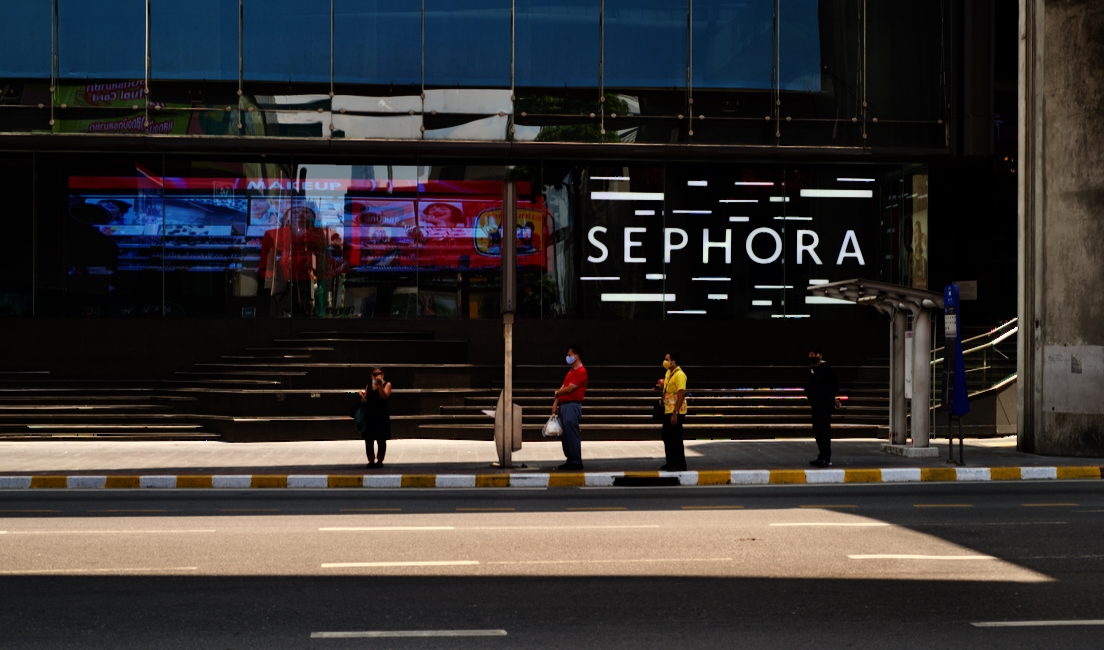
Graham K. Rogers teaches at the Faculty of Engineering, Mahidol University in Thailand. He wrote in the Bangkok Post, Database supplement on IT subjects. For the last seven years of Database he wrote a column on Apple and Macs. After 3 years writing a column in the Life supplement, he is now no longer associated with the Bangkok Post. He can be followed on Twitter (@extensions_th) |
|


